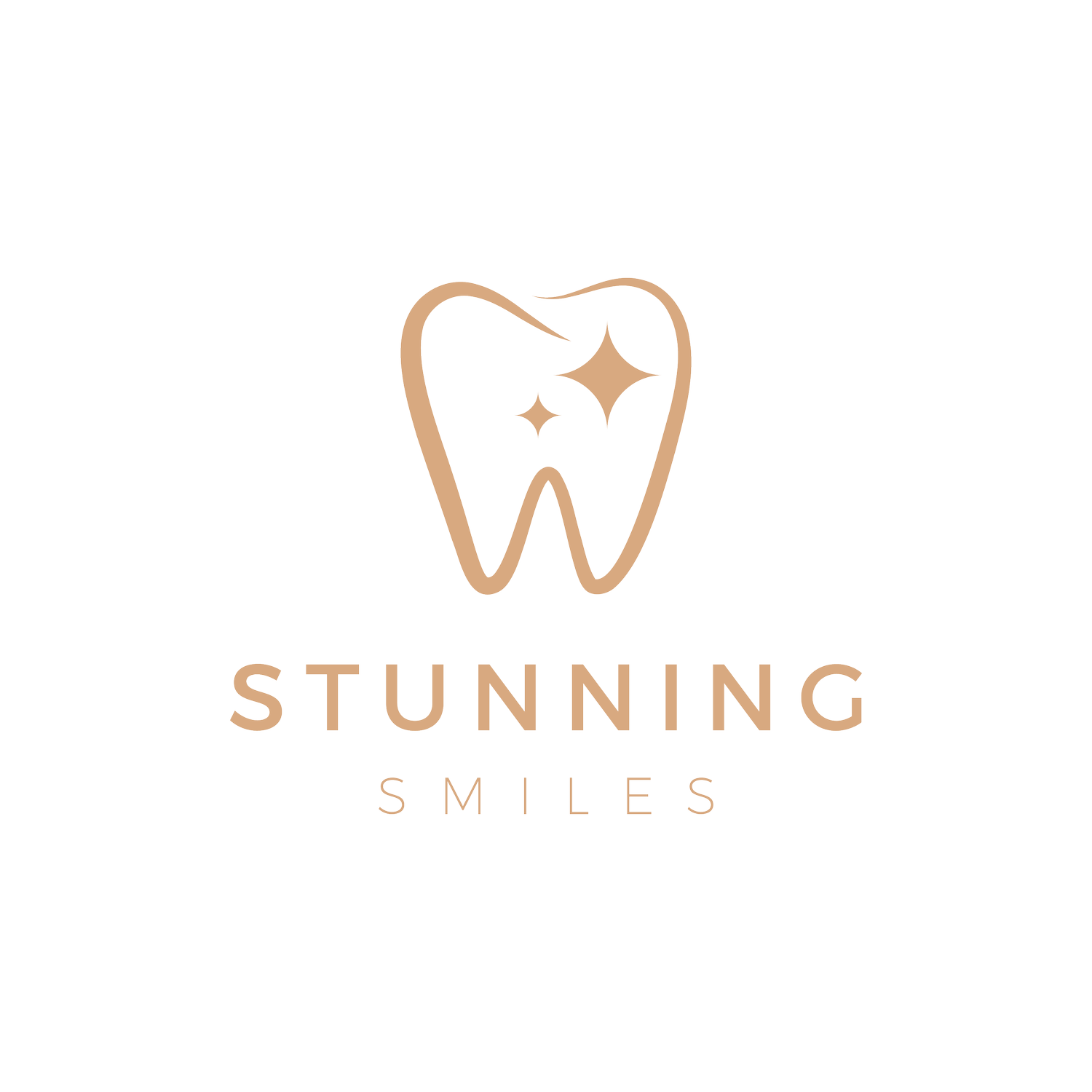The Essential Guide to Toothbrush Storage and Replacement
Your toothbrush is a vital tool in maintaining oral hygiene, but have you ever considered how you store it or how often you should replace it? Proper toothbrush care goes beyond brushing technique; it involves storage and maintenance to ensure optimal cleanliness and effectiveness. In this guide, we'll explore the best practices for storing your toothbrush and provide insight into when it's time for a replacement.
**Storing Your Toothbrush:**
1. **Keep It Upright:** Store your toothbrush in an upright position to allow it to air dry properly between uses. This prevents moisture buildup and reduces the likelihood of bacterial growth.
2. **Away from Contaminants:** Store your toothbrush away from the toilet area and other potential sources of contamination. Avoid placing it directly on countertops where it can come into contact with germs.
3. **Use a Holder:** Consider using a toothbrush holder or stand to keep your toothbrush upright and off surfaces. Make sure the holder has proper ventilation to facilitate drying.
4. **Separate Brushes:** If sharing a holder with family members, ensure that toothbrushes do not touch each other to prevent cross-contamination.
5. **Replace Regularly:** Even with proper storage, toothbrushes can harbor bacteria over time. Replace your toothbrush every three to four months, or sooner if the bristles appear frayed or worn.
**When to Replace Your Toothbrush:**
1. **Every 3-4 Months:** Over time, toothbrush bristles can become worn and less effective at cleaning teeth and gums. Aim to replace your toothbrush every three to four months to maintain optimal oral hygiene.
2. **After Illness:** If you've been sick, it's essential to replace your toothbrush afterward to prevent reinfection. Bacteria and viruses can linger on the bristles, potentially leading to recurrent illness.
3. **Frayed Bristles:** Inspect your toothbrush regularly for signs of wear, such as frayed or bent bristles. Once the bristles lose their shape, they are less effective at removing plaque and debris from your teeth.
4. **Every Season:** Some people find it helpful to replace their toothbrush at the beginning of each season as a simple reminder to maintain oral hygiene habits.
**Final Thoughts:**
Proper toothbrush storage and regular replacement are essential aspects of maintaining good oral health. By following these guidelines, you can ensure that your toothbrush remains clean and effective in keeping your smile bright and healthy. Remember, a small investment in toothbrush care can lead to significant dividends in your overall oral hygiene routine.

